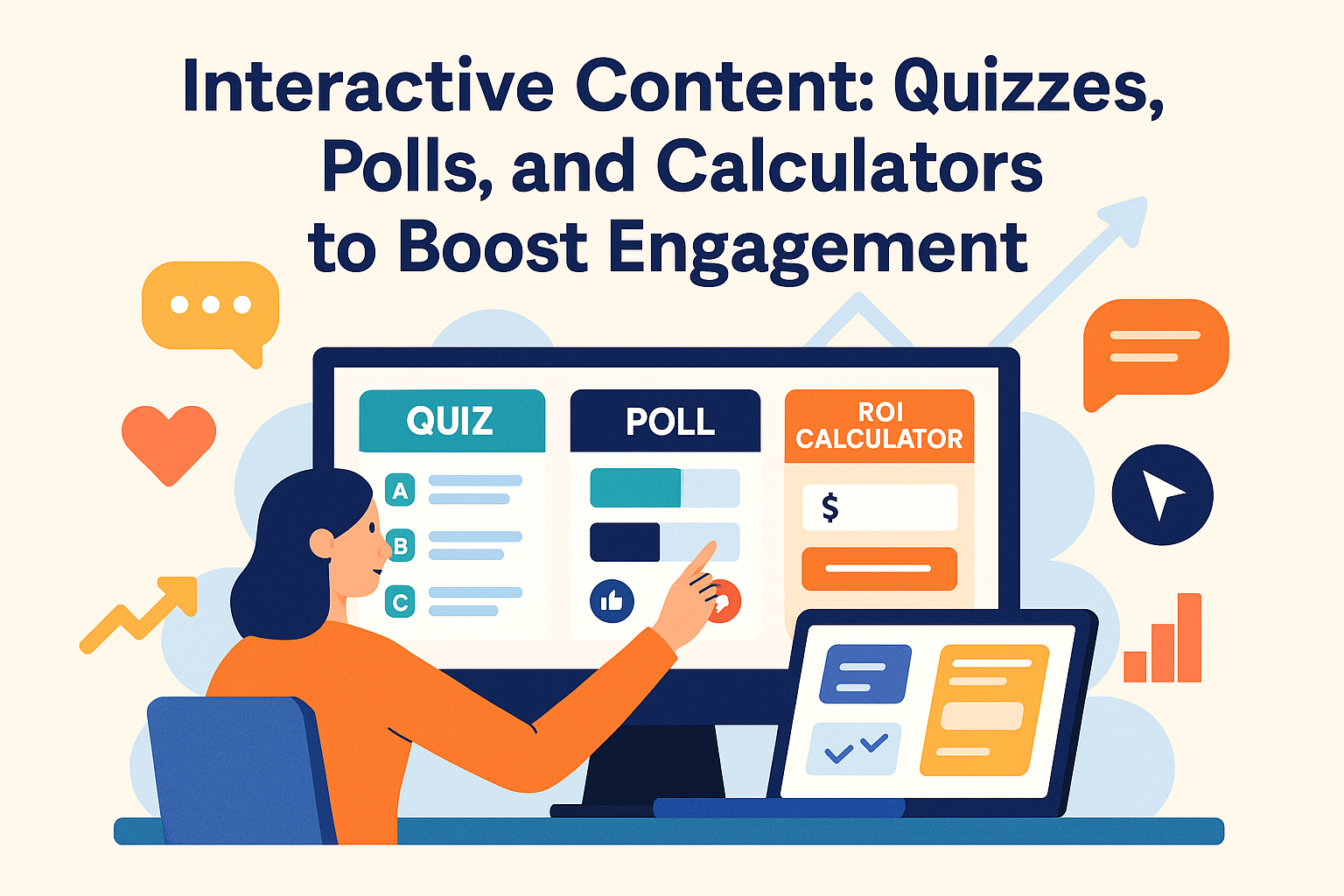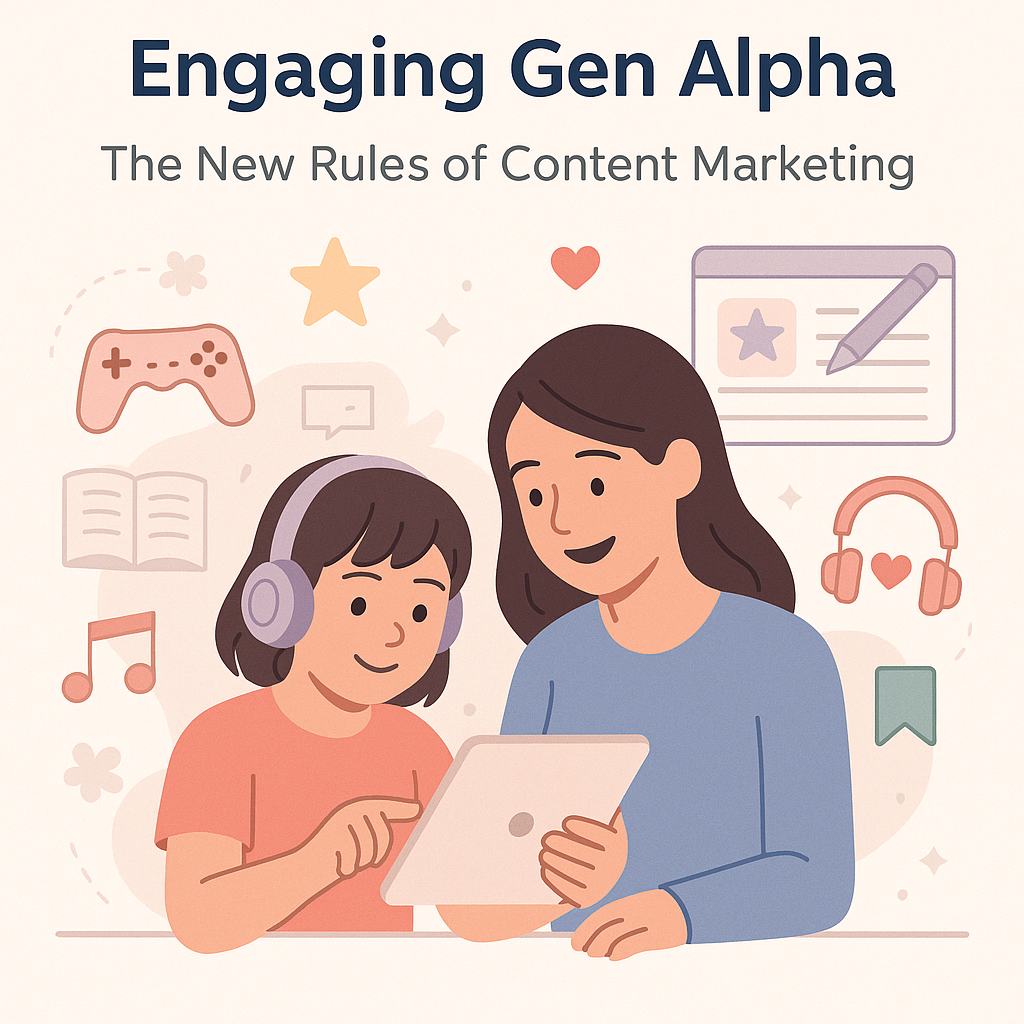Is Your Blog Collecting Dust? A Fresh Take on Old Content
Remember the thrill of publishing a new post? You hit “publish,” share it on your social channels, maybe watch the traffic spike for a bit, and then… nothing. Over time, that once‑valuable article slowly slides down your analytics dashboard, and your hard work fades into the archives. If this sounds familiar, you’re not alone. Even the best blogs experience content decay, where traffic, rankings and engagement decline as information becomes outdated and competitors publish fresher pieces. According to SEO analysts, letting content sit untouched can lead to lower search rankings, fewer conversions and a worse user experience.
But here’s the good news: you don’t always need to start from scratch. A strategic content refresh can revive your existing posts, attract new readers and even improve your overall search performance. In fact, data shows that bloggers who update old posts see dramatically better results than those who don’t. Updating your blog’s archives is often easier and more cost‑effective than writing new articles—and it preserves all the link equity and trust you’ve already earned.
This guide will walk you through a 5‑step content refresh playbook designed for content marketers, SEO managers and small business owners who have a backlog of posts. You’ll learn how to audit your library, choose what to update, refresh posts with purpose and build a checklist to ensure every update delivers maximum impact. The goal? Turn stagnant articles into high‑performing assets that keep driving traffic long after their original publish date.
Step 1: Conduct a Strategic Content Audit
1. Triage Your Library: Quick Wins, Declining Performers and Sleeping Giants
Before you can refresh anything, you need to know what you have and how it’s performing. Start by making an inventory of all your blog posts, including title, URL, publish date, last update, organic traffic and rankings. Tools like Google Analytics, Google Search Console or site crawlers can help you collect this data. Once your list is ready, group your posts into three categories:
Quick wins: These articles rank just off the first page (positions 11‑20) or receive lots of impressions but low click‑through rates. Sarah Mackenzie, a blogger and SEO strategist, notes that pages just outside the top ten can often be pushed into the top spots with minor optimizations, dramatically increasing visibility. Quick wins are ideal candidates for updating because a small tweak can lead to substantial gains.
Declining performers: Posts that used to rank well or drive traffic but have slid down over time. These pages may have outdated information, broken links or incomplete answers. A traffic drop is a sign that competitors have published fresher content, or search intent has evolved. Philip Gamble, head of performance experience at Zenith UK, suggests examining click patterns over time to identify these steady declines.
Sleeping giants: Evergreen posts that still get traffic and backlinks but haven’t been updated in years. They might still rank reasonably well, but a refresh could help them reclaim top positions and fend off competitors.
Assign each post to one of these buckets. This triage helps you prioritize where to invest your time.
2. Get Granular With Metrics
With categories in place, dive into performance metrics:
Impressions vs. clicks: High impressions with low clicks means your headline or meta description isn’t compelling enough. Refresh these elements to increase click‑through rate.
Ranking trends: Look for keywords where your content hovers in spots 11‑20. Moving a piece from page two to page one can significantly boost traffic.
User engagement: Note bounce rate, average time on page and conversion metrics. Low engagement may indicate mismatched search intent or stale information.
Backlinks: Posts with strong backlink profiles are valuable assets; updating them preserves link equity while improving relevance.
3. Map Search Intent
What was the original search intent behind each post, and has it changed? Search engines continually evolve to meet user needs. Annika Haataja, an SEO director at Seeker Digital, advises marketers to check whether their content still aligns with what searchers want. If people now seek step‑by‑step tutorials instead of high‑level overviews, you may need to rewrite or restructure the piece entirely. Don’t be afraid to turn a short article into a comprehensive guide or transform a standard post into a pillar page—it ensures your refreshed content stays relevant for the long haul.
Step 2: Choose the Right Refresh Strategy
Once you’ve audited your library and identified targets, decide how to handle each piece. There are four core strategies for content refreshes:
1. Update
The simplest approach involves updating statistics, examples and internal links to maintain relevance. Replace outdated data with current stats, update screenshots, add new quotes or expert opinions, and ensure any product names, prices or features are accurate. Even small updates can prolong an article’s life—especially if the topic is evergreen. Make sure to integrate internal links to your most important pages. For example, linking to your SEO services or content marketing services within refreshed articles helps readers discover how your company can solve their marketing problems.
2. Overhaul
For posts that are performing poorly or cover topics that have evolved significantly, an overhaul might be necessary. This could mean rewriting large sections, restructuring the content, adding new sections, or even changing the target keyword to better reflect search intent. Overhauls are ideal for declining performers—they require more effort but often deliver bigger gains.
3. Consolidate
Sometimes multiple articles on similar topics can compete with each other in search results. Consolidation involves merging several posts into a single, more comprehensive piece. Redirect the old URLs to your new master post to preserve backlink equity. Consolidation streamlines your site architecture and provides readers with a richer resource. For instance, if you have separate posts about “How to Audit Your Content” and “How to Update Blog Posts for SEO,” you could combine them into one in‑depth guide on content refreshing.
4. Delete or Redirect
Not all content deserves a refresh. If a post offers little value, targets outdated topics, or has no backlinks, the best option might be to delete it. In some cases, you can redirect the URL to a relevant, more current post. This keeps your site lean and prevents outdated articles from dragging down overall quality signals.
Choose the strategy that makes sense based on your triage. Quick wins usually need updates; declining performers often require overhauls; sleeping giants might benefit from consolidation; and irrelevant posts can be deleted.
Step 3: Refresh With Purpose – Your 10‑Point Checklist
Refreshing content isn’t just about rewriting a paragraph or adding a chart. To maximize impact, follow this checklist for each piece you update:
Reconfirm search intent – Start by re‑researching your target keywords. Look at what’s currently ranking and make sure your article satisfies searchers’ questions better than competitors. Annika Haataja reminds us that aligning content with modern search intent is essential before making any changes.
Revise your headline and meta description – Craft compelling, benefit‑driven copy that incorporates your primary keyword and entices clicks.
Update facts and statistics – Use the most recent data and cite trustworthy sources. New statistics, trends and industry insights show readers (and search engines) that your content is current.
Add visuals and multimedia – Posts featuring images and graphics can increase engagement by up to 650 %. Include charts, diagrams, screenshots or even short videos to break up text and help readers absorb information.
Improve readability – Organize your post with clear headings, short paragraphs and bullet points. Use descriptive subheadings and an easy‑to‑follow structure. This makes scanning effortless and improves dwell time.
Enhance internal linking – Connect your refreshed post to other relevant content. Link to your interactive content marketing strategies for readers interested in boosting engagement, or to storytelling frameworks for those refining their brand narrative. Internal links not only help readers but also distribute authority across your site.
Review external links and citations – Ensure every external reference points to authoritative, up‑to‑date sources. Fix or remove broken links that could harm user experience.
Add a compelling call to action (CTA) – Encourage readers to take the next step, whether it’s signing up for your newsletter, downloading a resource or contacting your team. A clear CTA can convert passive readers into leads.
Optimize images and media – Compress image files, add alt text and ensure your images load quickly. Speed and accessibility both factor into search rankings and user experience.
Track your refresh results – After publishing the update, monitor key metrics like rankings, organic traffic, click‑through rate and conversions. Compare results to pre‑refresh performance to see which changes had the biggest impact. Philip Gamble suggests visualizing weekly clicks or sessions for each page to spot patterns and prioritize future updates.
Use this checklist as a repeatable framework. Every item ensures that your refresh isn’t just cosmetic, but actually improves the post’s usefulness, relevance and performance.
Step 4: Leverage Multiple Content Formats
Refreshing isn’t limited to rewriting text. To breathe new life into your posts, experiment with additional formats:
Visual aids – Design custom infographics or charts to illustrate data points. Visual summaries convey complex information quickly and boost shareability.
Interactive elements – Consider adding calculators, quizzes or assessment tools that invite readers to participate. If you’re looking for inspiration, check out our guide on interactive content marketing. Interactive features increase dwell time, encourage repeat visits and generate valuable leads.
Podcasts and videos – Transform key posts into audio episodes or short videos. Some audiences prefer to listen or watch rather than read. Embedding a video at the top of a refreshed article can increase engagement and time on page.
Downloadable resources – Offer a worksheet, template or checklist as a download. This not only adds value but also provides an opportunity to collect email addresses for future nurturing.
By diversifying your content formats, you make your post more engaging and accessible to different learning preferences.
Step 5: Schedule Regular Refresh Cycles
Refreshing content should be an ongoing process, not a one‑time event. Industry research shows that top‑ranking pages tend to be updated within the last two years. Without a refresh, even high‑performing posts can slip down the rankings. Maintaining a refresh calendar ensures your content stays current and competitive.
Quarterly audits: Evaluate your blog every quarter. Identify declining performers early and plan your updates accordingly.
Annual overhauls: For cornerstone articles or posts that drive significant traffic, schedule a comprehensive overhaul at least once a year.
Monitor key metrics: Track your posts’ performance continuously. If you notice a drop in traffic or ranking, consider a refresh sooner.
A proactive schedule keeps your content strategy agile, allowing you to respond to changes in search algorithms, audience behaviour and industry trends. When you integrate refreshing into your regular workflow, you create a sustainable system for keeping your content alive and effective.
Stop Letting Good Content Go to Waste
Publishing a blog post is just the beginning. Without regular updates, even the best articles will fade into obscurity. By conducting a strategic audit, applying the right refresh strategy and following a detailed checklist, you can transform dormant content into a powerful growth engine.
To recap:
Audit intelligently: Categorize your content into quick wins, declining performers and sleeping giants. Use metrics from analytics tools to guide your decisions.
Choose a strategy: Decide whether to update, overhaul, consolidate or delete each post. Align your choice with search intent and user needs.
Follow a checklist: Refresh thoroughly—from headlines and metadata to visuals and CTAs. Incorporate internal links to relevant pages like SEO services, content marketing services, and thought‑leadership posts such as From Funnel to Flywheel.
Experiment with formats: Use visuals, interactive tools and downloads to increase engagement.
Stay consistent: Schedule regular refreshes so your content never falls behind.
Remember, more than 70 % of bloggers update their old posts, and those who do see over 270 % better results compared with those who don’t. Updating your existing content isn’t just housekeeping—it’s a growth strategy that leverages the trust and authority you’ve already built.
Your content library is a treasure trove waiting to be rediscovered. Start your content refresh journey today and breathe new life into posts you thought were long past their prime. Need help auditing your blog or developing a refresh plan? Our team at Href Creative, LLC offers comprehensive content marketing and SEO services to help you maximize every piece of content you publish. And don’t miss our next article, which explores how Generation Alpha’s search habits will redefine content strategies for years to come.


